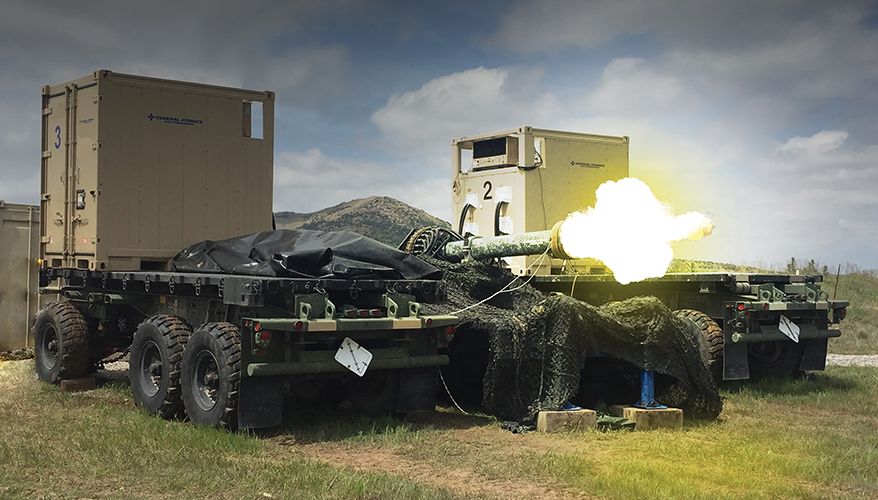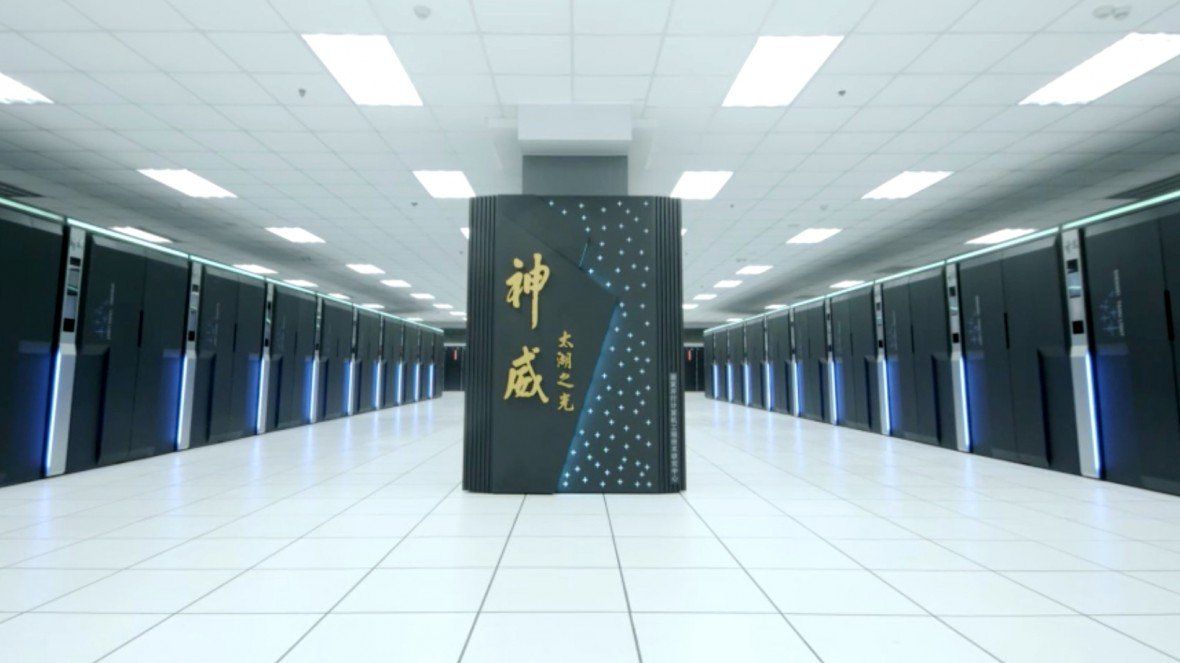Apr 24, 2018
What Are Senolytics?
Posted by Steve Hill in categories: biotech/medical, life extension
Today, we have a guest article from Dr. Marion Tible, a scientist, and author over at the aging research-focused blog Long Long Life. What follows is an introduction to the senescent cell-clearing therapies known as senolytics, these therapies are poised to enter human trials and if successful could revolutionize how we treat age-related diseases.
What are senolytics?
Discovered in 2015 by a team from Mayo Clinic and the Scripps Research Institute in the United States, senolytics are a growing trend in the anti-aging community. They are very promising drugs in the fight against cellular senescence, a hallmark of aging.


















